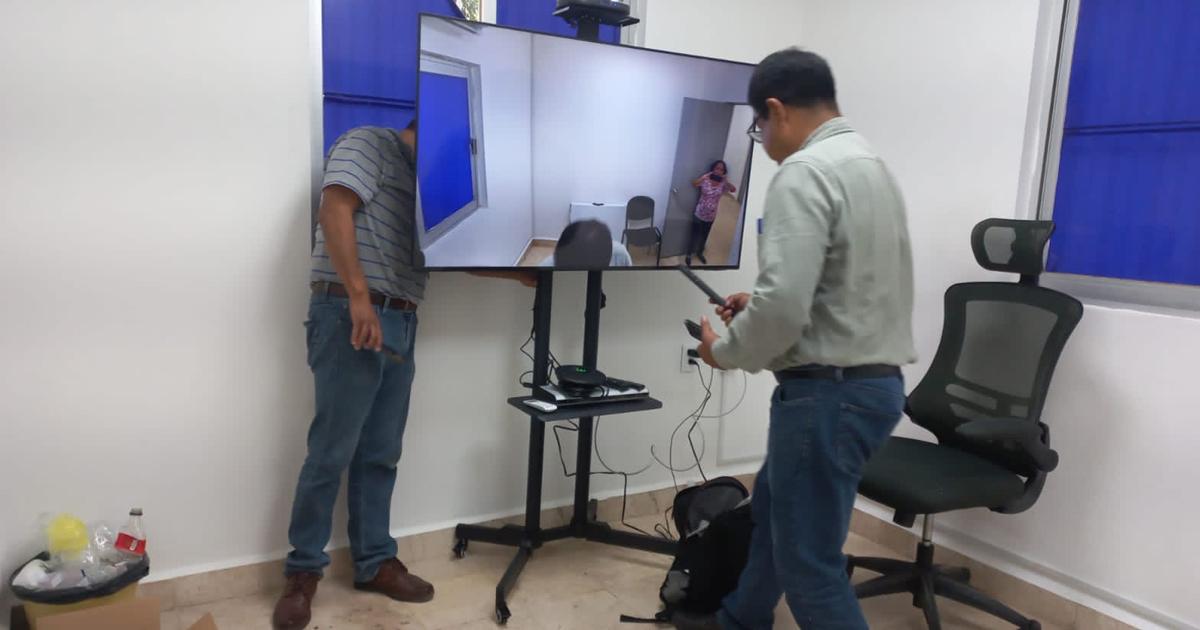Científicos e investigadores del Buck Institute for Research on Aging de la universidad de Stanford desarrollaron iAge un “reloj” que predice variables y métricas relacionadas con la longevidad.
The Buck Institute for Research on Aging de la Universidad de Stanford, es un centro de estudios e investigación especializado en la investigación biomédica, el envejecimiento y enfermedades relacionadas con la edad. Científicos de uno de sus grupos de investigación han desarrollado un reloj del envejecimiento, que mide la carga inflamatoria, predice la multi morbosidad, la fragilidad, la salud inmune y el envejecimiento cardiovascular.
To develop the system age utilizaron un sistema basado en Artificial Intelligence entrenado a través de estudio de inmunoma sanguíneo de 1001 participantes. “Las métricas inmunes estándar que se pueden utilizar para identificar a los individuos que están más en riesgo de desarrollar enfermedades crónicas solas o aún múltiples del envejecimiento han estado creciendo mucho”, explicaron los investigadores.

Los investigadores han explicado la importancia de la biología en su acercamiento logró identificar un mayor número de métricas por lo que ahora cuentan con los medios para la detección de disfunción en órganos y actuar antes de que el paciente desarrolle una enfermedad.
A través de age será posible conocer el riesgo de que una persona desarrolle diversas enfermedades crónicas, esto a través de la evaluación del daño fisiológico acumulativo a su sistema inmunológico. “Todas estas personas (los participantes) están sanas de acuerdo con todas las pruebas de laboratorio y evaluaciones clínicas disponibles, pero al usar iAge pudimos predecir quién es probable que sufra de hipertrofia ventricular izquierda (un agrandamiento y engrosamiento de las paredes de la cámara de bombeo principal del corazón) y disfunción vascular”, explicaron.







